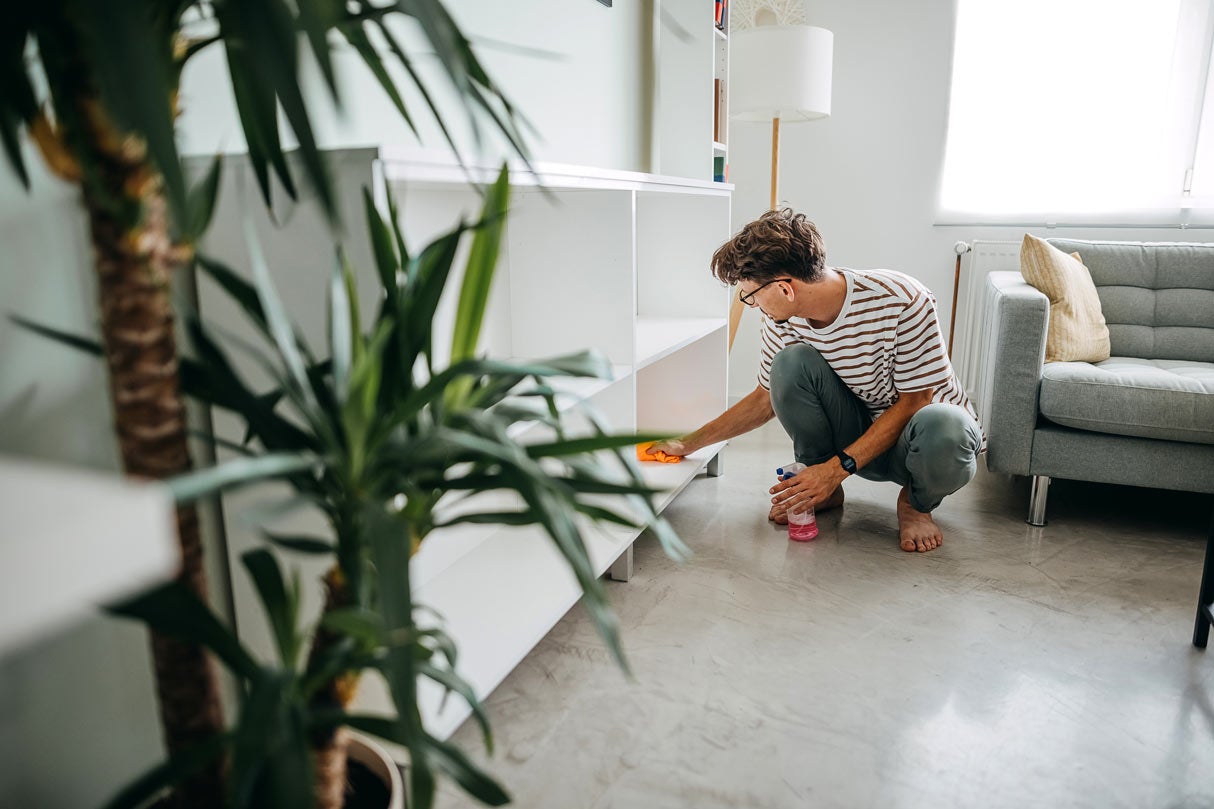Treatment
Seasonal Tips to Ease Allergy Symptoms

Pollen and mold allergies can bring a range of uncomfortable symptoms, including a runny nose and itchy throat. But these allergens aren’t the only ones to disrupt daily life—other common substances can also trigger allergy-like symptoms. Try these tips to feel better and enjoy yourself no matter the season.
Spring
-
Play outside. Plan afternoon activities when you can. Pollen counts tend to peak in the morning, but tree and grass pollens may be highest in the evening. Sport a brimmed hat and wraparound sunglasses to shield your hair and eyes from pollen and UV rays. Change your outfit when you get home.
-
Grow for color. Plant roses, sunflowers, and daffodils. These and other vibrant-hued blooms that rely on insects for pollination are less likely to trigger allergies. Be sure to take gloves and shoes off before heading inside.
Summer
-
Get fired up. From barbecues to fireworks to campfires, smoke can cause irritation. Take steps to avoid it. Try keeping your distance and sitting upwind whenever possible. Move spots if the wind starts blowing it your way. If s’mores are on the menu, have someone toast the marshmallow for you.
-
Dive in. The chlorine in pools can irritate skin and sensitive airways, causing allergy-like symptoms. Be sure to avoid over-chlorinated pools and rinse off after taking a dip.
Fall
-
Dress the part. Wear a pollen mask, gloves, and long pants when raking leaves or mowing grass. Keep grass cut short throughout the summer and fall so that it will produce less pollen.
-
Share holiday flare. October often kicks off a steady stream of decorating. Have a ball! Just be sure to clean dust and mold off all your indoor trimmings before putting them in place. Opt for unscented flameless candles rather than traditional scented ones. Skip the air fresheners, too.
Winter
-
Head to the hills. Outdoor recreation, like skiing, hiking, or snowshoeing, in moderately cold temperatures may reduce inflammation and ease allergy symptoms. When the thermometer is anywhere between 22 and 48 degrees, it’s prime exercise time.
-
Decorate with care. Pollen and mold particles can hitch a ride into your home on fresh greenery and trees. If the real deal is a must-have, take time to rinse it off before bringing it inside.


